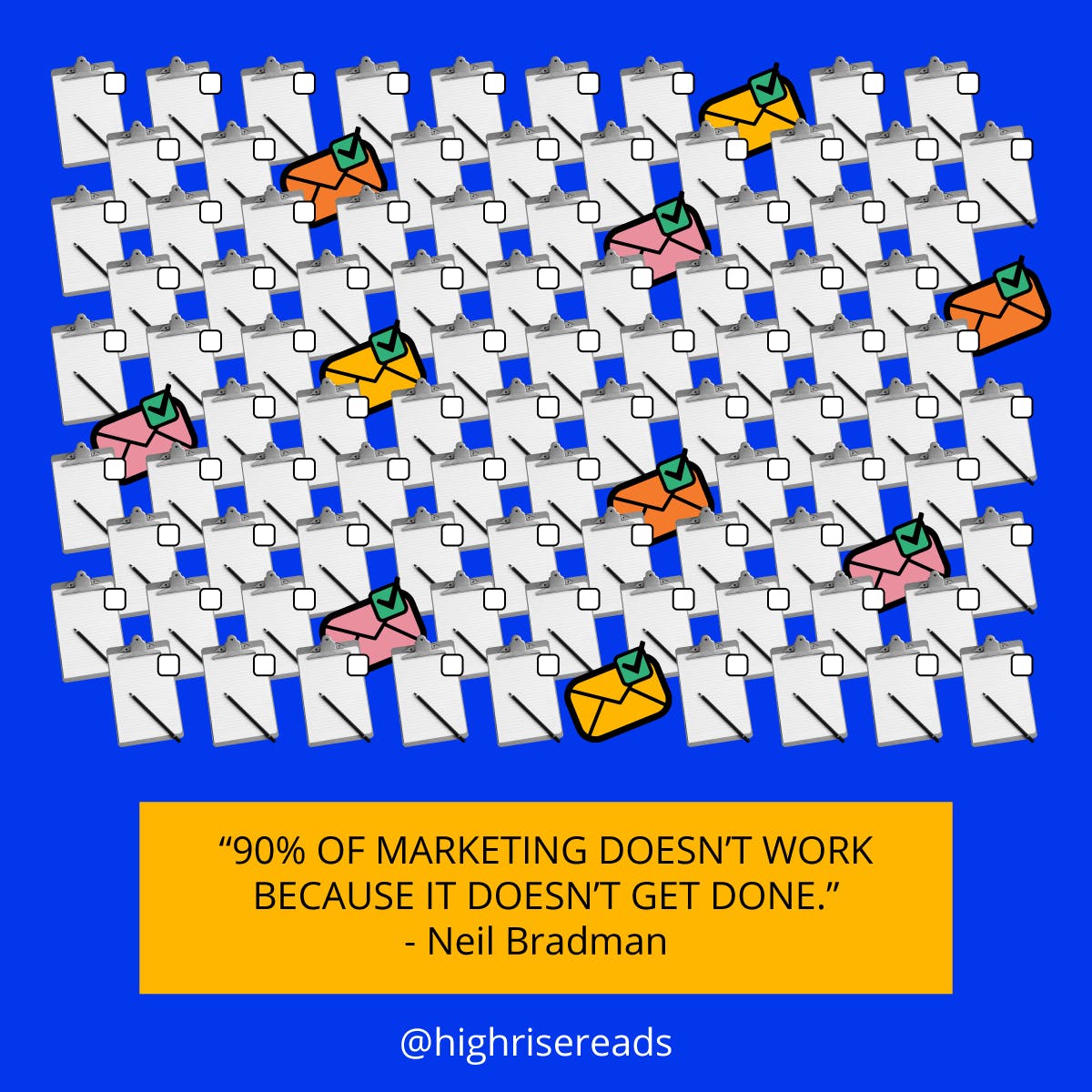
COMING AT YOU WEEK OF 11.30.21
This week’s most important marketing news
A SHOPPING REPORT
Walmart was the first to try out a shoppable live stream on Twitter the Sunday between Black Friday and Cyber Monday. We weren’t able to attend on account of still being in turkey coma, but we’re interested to see if companies see success from this whole livestream shopping thing.
In general, people were underwhelmed with the amount of Black Friday sales this year, but Shopify hit record sales. Two other interesting Shopify stats from this Black Friday.
72% of Shopify purchases were made over mobile on Black Friday.
15% of orders crossed borders (for instance, Americans buying from British stores or Canadians buying from American stores).
EVERYONE WANTS TO BE TIKTOK, IT SEEMS.
There’s speculation that before long Instagram will have a feed very similar to TikTok, and it’s a plain fact that the app is transitioning from a image-first platform to a video-first app.
Reddit decided to ditch Dubsmash, a short-form video startup that they bought last year. And instead they’ve decided to work on adding more camera functionality to Reddit itself.
Plus, Spotify is testing a TikTok-inspired feed in a Discover tab that shows full-screen music videos.
2 ways interviewing customers will benefit your site

We had a super cool talk with John Huntinghouse. He’s the VP of marketing at TAB Bank, has presented at multiple digital marketing conferences, and been featured in many publications including Forbes. Safe to say that he’s got good advice.
John likes to focus on the human element of marketing, so we asked him how to avoid a problem we’ve faced.
The problem:
Sometimes we get all caught up in website traffic or sales or bounce rates, and we forget that data is meant to be a signal for human experience.
John’s advice:
John recommends an “old school technique” of diving in and talking one-on-one with key customers.
Here are two reasons John recommends meeting with your customers to talk.
It helps you account for randomness
“People do weird stuff,” John reminds us. And we can’t believe we needed reminding because boy do we know that people are weird. He goes on to explain, “We try to pigeonhole them, but the reality is customers go all over the place as people do. Maybe they’re about to buy and then they decide to go to the bathroom and they never come back. The biggest problem is you don’t account for randomness.”
But thinking about randomness with data can start to feel overwhelming. How are we supposed to account for it? How are we supposed to know when randomness skews our data?
Don’t panic. In your conversations with people just learn about the random experiences that influenced their journey with your brand. Don’t be afraid of how randomness affects the process, embrace it.
Ed Catmull, the Co-founder of Pixar, inspired some of John’s thoughts about randomness. And Ed has said, “Change is going to happen, whether we like it or not. Some people see random, unforeseen events as something to fear. I am not one of those people. To my mind, randomness is not just inevitable, it is part of the beauty of life. Acknowledging it and appreciating it helps us respond constructively when we are surprised.”
It fills in the blanks of your customer’s journey
Data is a great starting point for figuring out what the customer journey looks like but it isn’t the full picture. *Shocker* Talking to a customer about their experience with the site can (a) give context to the data and/or (b) prove or disprove your hypothesis for what data indicates.
Here’s an example John gave us.
You see that a customer purchased from your site and at first you might see that as a signal that everything is perfect. But when you talk to a customer, you realize that they actually ran into problems on the site, got frustrated, but still purchased anyway.
The bottom line
You should occasionally meet with customers in person to observe them interacting with your site, or a campaign, or whatever else you need insight on. You should also talk to customers or your target audience to hear their thoughts. It’s a lot of work to do either of those, so you might not make it happen extremely often. In between those in-person conversations you can do a few other techniques to get feedback from your customers. Like, calling them on the phone, sending out surveys, and applying heat mapping software.
Have it guys. 👊🏼
Let’s get visual
